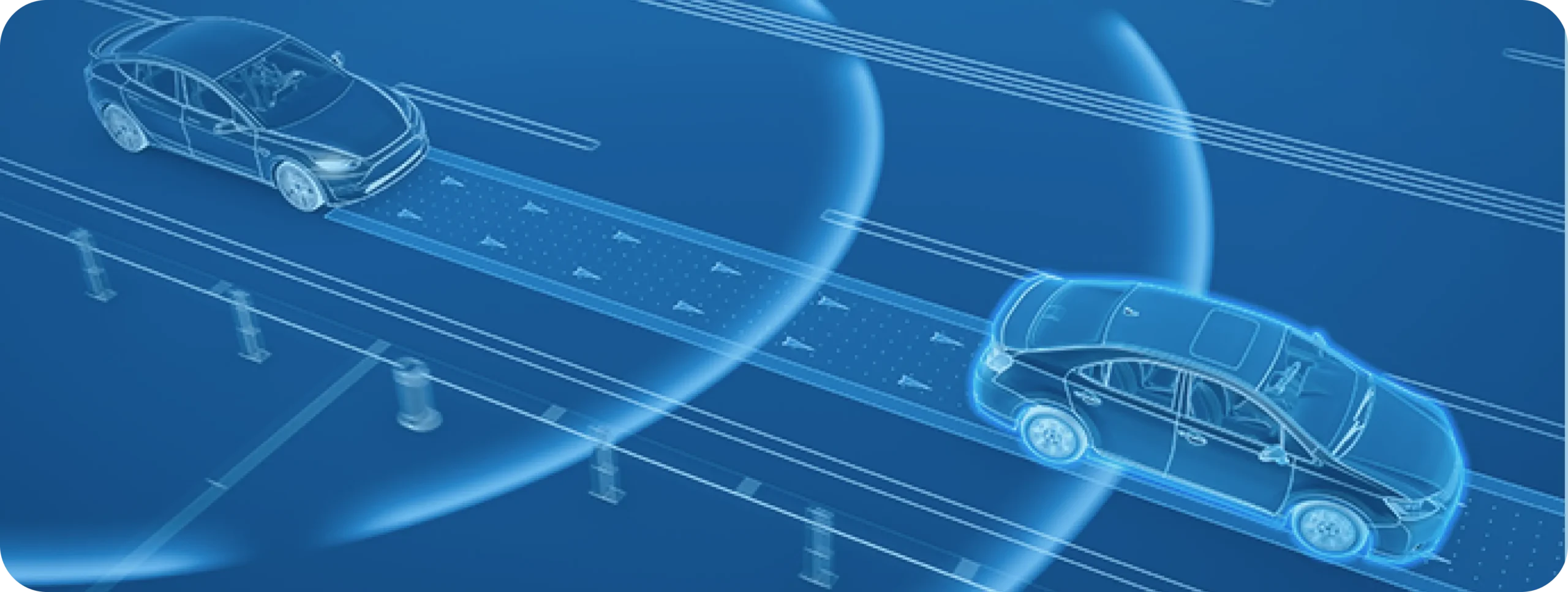

Are you ready to disrupt with AI? Join our Hackathon today! Click to Register
By WebOsmotic Team | Published on September 12, 2024
Summarize Article

Table of Contents
ToggleComputer vision technology enables machines to interpret and make decisions based on visual data from the world. It uses algorithms and machine learning to identify patterns, detect objects, and make decisions based on images or videos. This technology is widely used in areas like facial recognition, autonomous vehicles, and medical imaging.
Computer vision is a field of artificial intelligence that allows computers and systems to derive meaningful information from digital images, videos, and other visual inputs – and take actions or make recommendations based on that information. Computer Vision Technology helps analyze images and improve business solutions.
It combines principles from computer science, mathematics, and physics to mimic and even surpass the human vision capabilities of perceiving and understanding digital images and videos.
At its core, computer vision involves three key components:
The real magic happens when powerful artificial intelligence and machine learning techniques are applied to process and analyze the massive amounts of visual data computers can ingest.
Computer vision has rapidly grown from a niche research area to a technology reshaping numerous industries. Let’s explore some exciting applications:
Across these diverse domains, computer vision is driving innovation, efficiency, and enhanced decision-making capabilities.

To accomplish these incredible feats, computer vision employs a toolkit of advanced algorithms and approaches. There are dedicated AI Labs that offer expertise in core AI technologies. Here are some key techniques:
These powerful techniques form the foundations that enable computer vision’s remarkable capabilities.
Despite its rapid progress, computer vision still faces significant challenges:
Looking ahead, emerging trends like edge computing, federated learning, and self-supervised learning could further revolutionize computer vision capabilities. As the technology continues to evolve, we can expect even more transformative applications across diverse domains.
To harness the power of computer vision, organizations typically follow these steps:
With the right expertise, tools, and infrastructure, businesses can unlock computer vision’s potential to drive automation, insights, and innovation.

Do You Have a Great Idea But Don’t Know Where to Start Your Tech and AI Journey? Contact Our WebOsmotic Experts Today And Get Started Now!
Computer vision has gone from a futuristic concept to a transformative reality, reshaping industries and enhancing our ability to perceive and understand the visual world around us.
From aiding self-driving cars to diagnosing medical conditions to enhancing customer experiences, the applications of this technology are vast and continually expanding.
As computing power increases, algorithms advance, and more visual data becomes available, the capabilities of computer vision will undoubtedly continue to grow, opening up new realms of possibility.
Explore this exciting field, and get ready to experience a world where machines can truly “see” and unlock insights like never before!
Unlock exclusive insights and expert knowledge delivered straight to your inbox